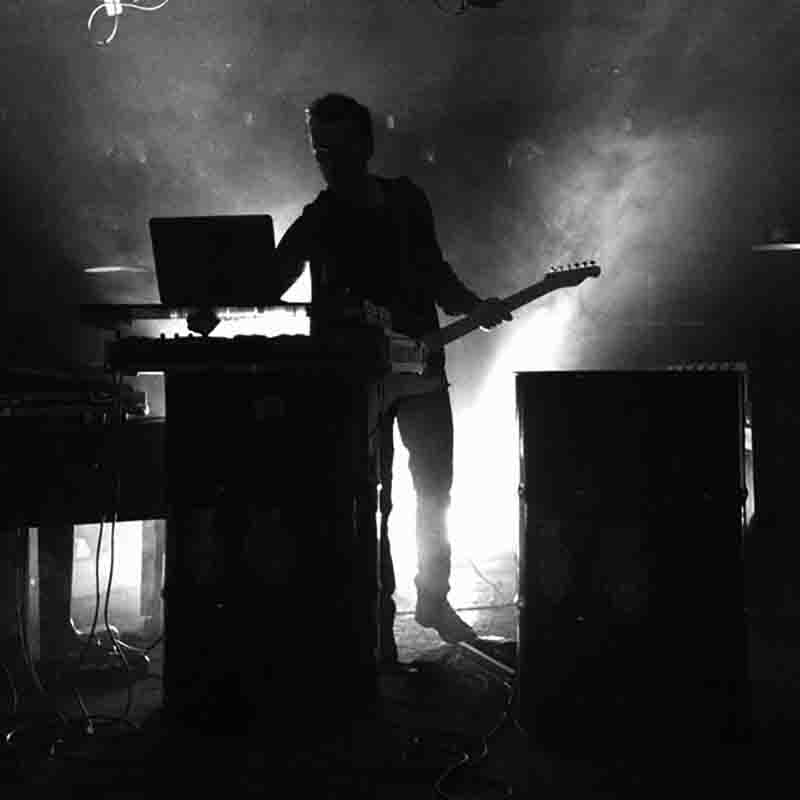Likewolf began his musical journey at the tender age of 13 in 1979, at a time when blues rock dominated the international music scene. He was fascinated by the raw and powerful sound of the power rock trios of the 60s, such as the legendary Jimi Hendrix Experience, Cream, Taste, and many other relevant players of guitar rock.
Contemporary blues rock

Likewolf uses AI-generated voices to amplify his music, giving him the flexibility to find his own sound for the 21st century.
Fusion of Tradition and Innovation
As we embrace the fusion of tradition and innovation, modern blues rock continues to captivate our souls and carve its place as a vital sub-genre in the ever-evolving music landscape.
Guitar heroes
Performers such as Rory Gallagher, Johnny Winter, Ted Nugent and Alvin Lee, who were virtuosos of their instruments, together with their formidable bands, were the source of Likewolf's musical consciousness and inspiration.
In the course of his musical development, Likewolf immersed himself in the discographies of legendary bands such as the Who and the Rolling Stones, whose influence left an indelible mark on his artistic direction. Another notable mention goes to the American J. Geils Band, whose unique sound resonated greatly with Likewolf.
Electric blues pioneers
However, it is impossible to skip the pioneers of electric blues, whose groundbreaking work laid the foundation for the existence of blues rock. Icons like Muddy Waters, John Lee Hooker, Howlin' Wolf, and Sister Rosetta Tharpe, to name a few, were instrumental in shaping the genre.
The changing face of music in the 80s and 90s
The mid-1980s saw a seismic shift in the musical landscape that dramatically changed the course of blues rock. During this time, there were fewer and fewer guitar solos and hardly any real drummers; instead, synthetic sounds and midi songs flourished.
Guitar based blues rock was kept alive in the 1980s mainly by brothers Jimmie and Stevie Ray Vaughan, proving that there was indeed an audience for blues rock.
Record companies began to prioritize image over musical talent, leading to the creation of bands based solely on their looks. Elaborate and expensive music videos became the norm, while the scene of live blues rockers gradually died out.
The Dawn of the New Millennium
With the start of the new millennium, live music began to disappear, making way for the burgeoning DJ scene. Innovative sounds emerged that moved further and further away from the roots of blues rock.
The gap between the genre and contemporary music widened, and although a handful of notable blues rock bands persisted, they remained on the far fringes of the mainstream, serving a modest audience.
Innovations in blues rock production
With his current projects, Likewolf has returned to his musical roots and created a modern interpretation of blues rock which he calls Electro Blues.
Through a fusion of old and new, he strives to revive the timeless essence of the genre.
Mosh to the Next Level
Spirit of experimentation and creativity
